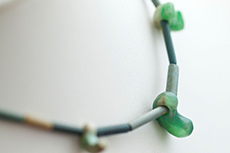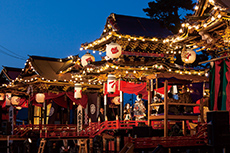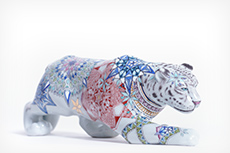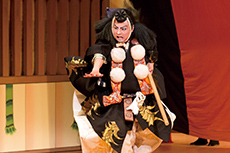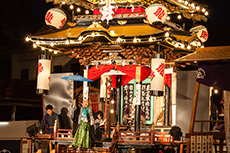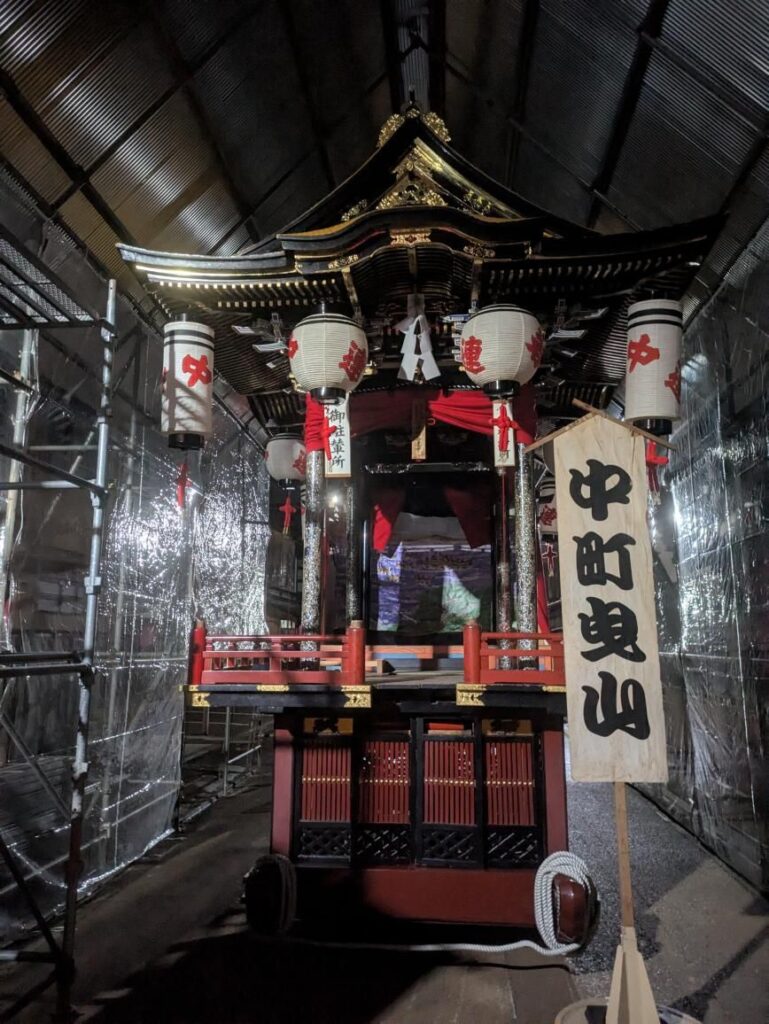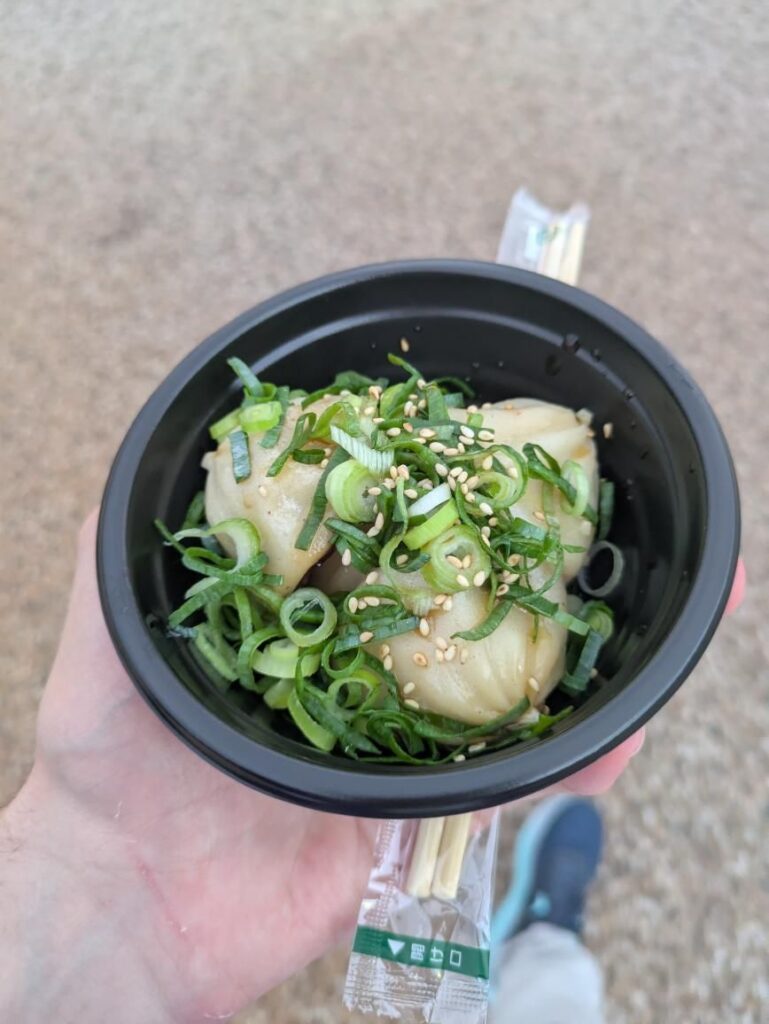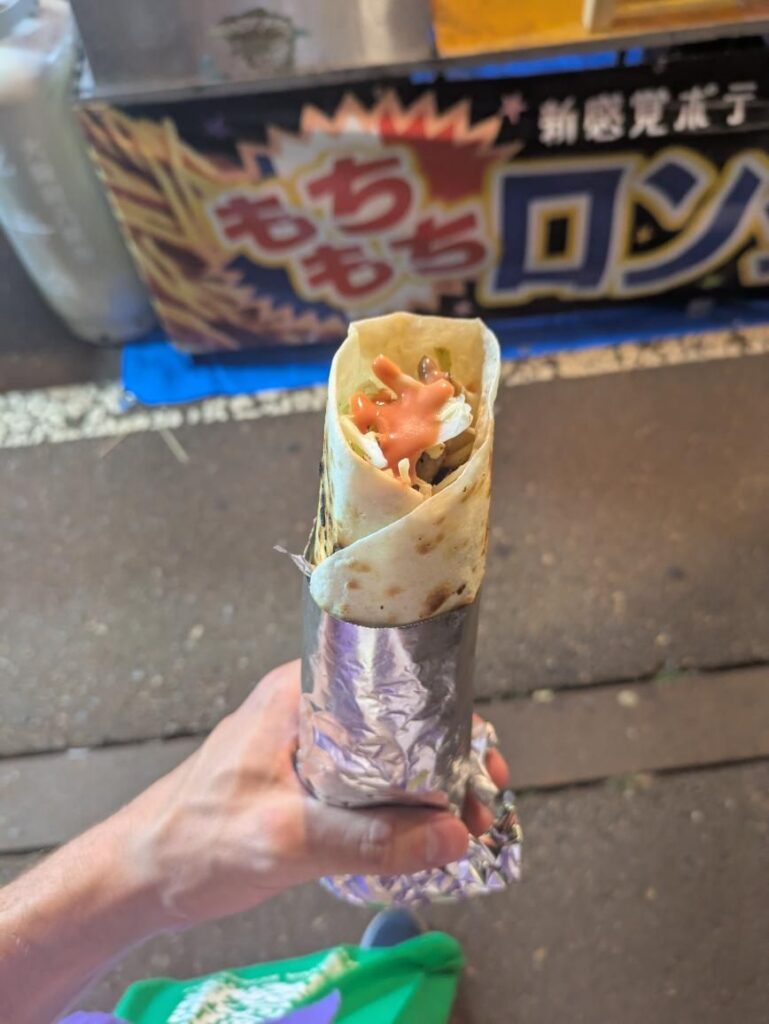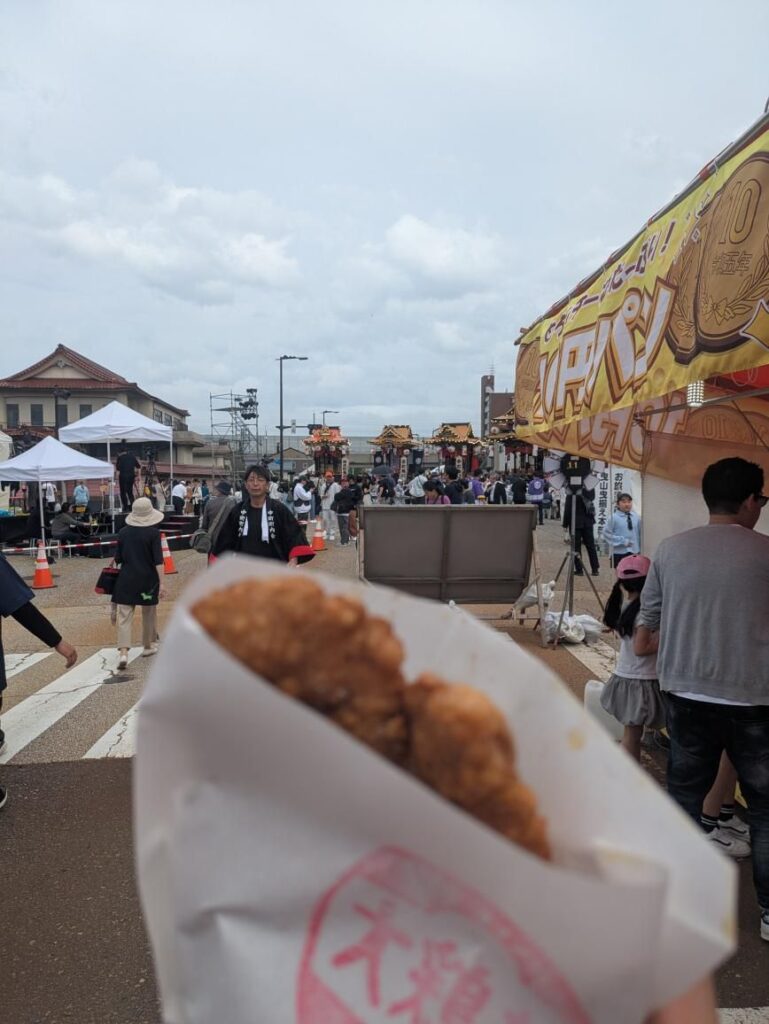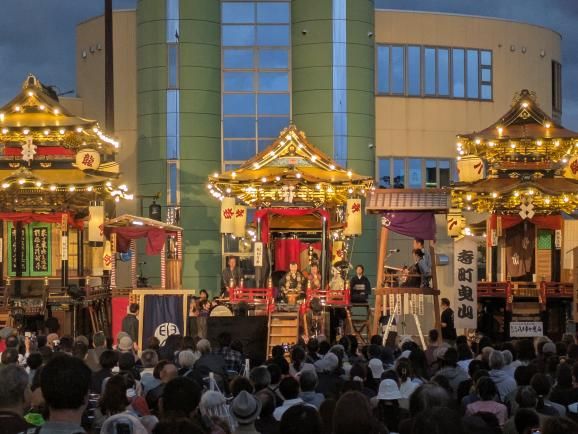What’s New
OTABI FESTIVAL 2025 OVERVIEW
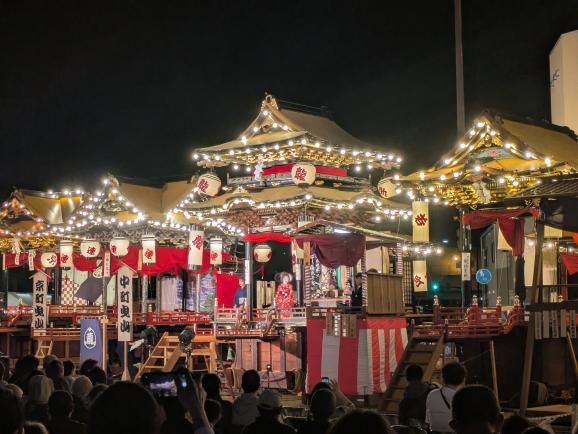
The excitement and bustle have finally come to a close as we wrap up the Otabi Festival 2025. For those of you who were able to attend – I hope you loved it! For those of you who couldn’t – I hope we can catch you next year! Whether you’re looking for a review of the fun, looking for any information you may have missed out on or whether you’re deciding if you want to attend next year, let’s revisit the events!
First on the calendar was the Children’s Kabuki Festival. Though not intrinsically part of Otabi, the timings often align conveniently so that out-of-town visitors may be able to coordinate their trip to see both festivals, especially with the strong cultural connection between them.
In the Children’s Kabuki Festival, teams nationwide come to perform and it is truly a spectacle. Despite how young they are, the children participating are highly proficient performers who captivate the audience effectively. You will not only forget how young they are, but even that they aren’t the characters they’re playing.
“But I don’t speak Japanese. I won’t be able to enjoy it fully”
There’s no need to fret, the performances are intricate collections of music, dances and various other elements alongside the performance and the dialogue isn’t necessarily pivotal for the understanding of each performance, I strongly recommend this festival even to those of you who do not speak Japanese.
This year’s performances were as such:
– Suzukake Sanbaso by Komatsu Kabuki Future Academy (Komatsu)
– The scene of the cart pulling from the Sugawara Denju Tenarai Kagami by Obara Kabuki Preservation Society (from Toyota, Aichi)
– Hane no Kamuro and Gojo Bridge by Shibusawa Theater Company (Tokyo)
– Kanjincho by the Children’s Kabuki “Kanjincho” Executive Committee (Komatsu)
Next on the schedule is the assembly of the Hikiyama.
This isn’t necessarily an event for people to participate in it but if you happen to be around you may be able to catch this happening in action.
What is a Hikiyama?
Glad you asked. Hikiyama are the portable stages used in the Otabi Festival. They are as old as the festival itself and date back to the origins of Otabi Festival way back over 250 years into the past. According to legend, the festival and Hikiyama came from when the lord of Nagahama city (Shiga Prefecture) was gifted gold by the people of Nagahama to celebrate the birth of his son. In return, he constructed amazing Hikiyama and the Nagahama festival was born. In this festival, young boys would perform Kabuki theatre on these portable stages. Due to trade and cultural connections, many traditions and cultural elements native to the Kansai Region (such as Nagahama Festival) were imported into the Hokuriku region and due to Komatsu’s historic and profound connection to Kabuki culture, Komatsu’s own version of Nagahama festival was born – Otabi Festival.
Although at its core Otabi’s Hikiyama are similar to Nagahama’s, Komatsu has developed the customs to its own tastes and created a truly unique take on the festival. Komatsu’s Hikiyama are sported with local crafts such as lacquer, kinpaku (gold) and Kutani ware and each neighborhood’s Hikiyama is unique. Originally there were 12 Hikiyama but nowadays only 8 are in circulation and in use for the Otabi festival. There are always two Hikiyama on display at Miyossa where you can view at any point in the year up-close, just so you can understand the gravitas of these marvels.
Amazing right? But wait, there’s more…
There is no written record of how the Hikiyama are constructed and the instructions for their construction are exclusively passed down orally each year which is part of what makes them so special and unique.
Each neighborhood has its own schedule for the construction of their Hikiyama and it is not an event in itself but if you happen to be in town between the start of construction and the festival, you can witness them being built and then being stored throughout the city.
Now, we move on to the actual celebration weekend. On the three days of Otabi Festival (Friday through to Sunday) and the surrounding days, you will see numerous traditions on the streets of Komatsu. For example, the lion dances being performed and the omikoshi (a small but extremely heavy portable shrine that is carried by 30-40 people to symbolize the deities of the shrines travelling). From the Friday, the yatai (food stalls) will begin to appear on the streets of Komatsu in their masses, literally hundreds of them where you can enjoy a variety of street foods from Kebabs, to yakisoba, to taiyaki to even Korean, Chinese and Taiwanese dishes.
The Saturday of the festival is where things really get good. The streets of Komatsu quickly come to life with a buzzing energy that resonates through every witness. One of the first activities of the day is the float-pulling. You can sign up to help assist pulling the floats from their place of construction to the main festival site.
The float-pulling is a ritual in itself. A representative of the neighborhood will play a hyoshigi (a traditional Japanese musical instrument made from 2 blocks of wood) while performing a chant as the Hikiyama is pulled on ropes and directed towards the festival.
Once all the Hikiyama are lined up in place, seats are set up in front of them and the Kabuki can begin. Children from each neighborhood will perform an extract from Kabuki theatre on their respective Hikiyama. This year’s performances were pieces from Kanjicho and Tsuchiya Chikara (from 12 Ganjiro Roles).
To summarize, whether you love Kabuki, Japan in general or even just food, the Otabi Festival is an amazing experience with something for everyone. It is one of Ishikawa’s biggest festivals and I truly hope everyone will get to experience it at some point in their lives and enjoy it as much as I did.
Catch you next year!



